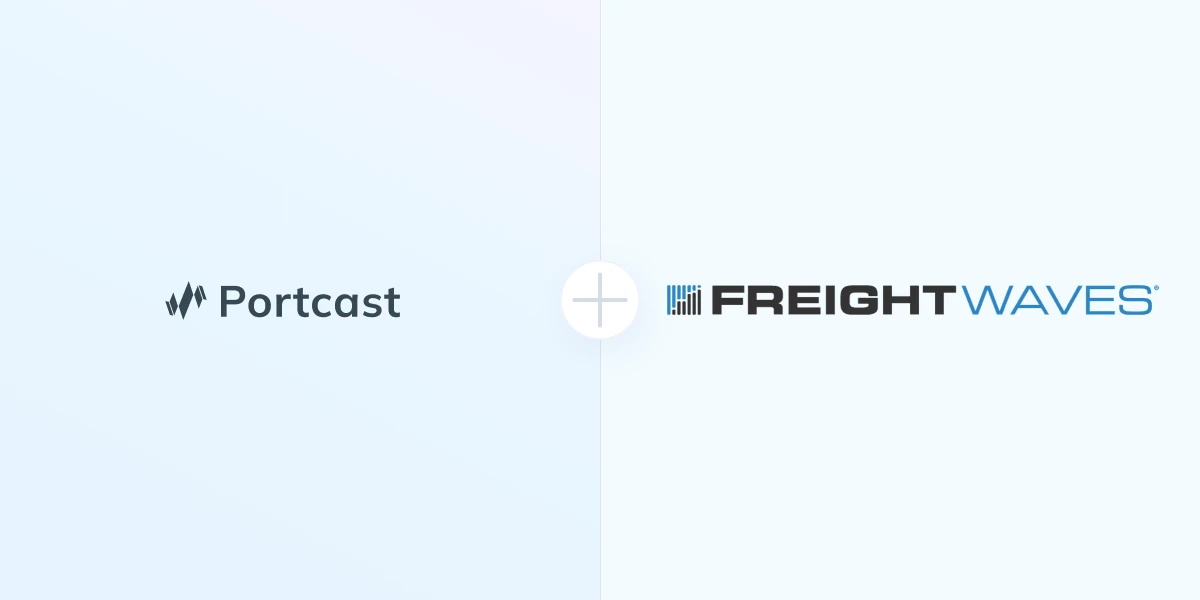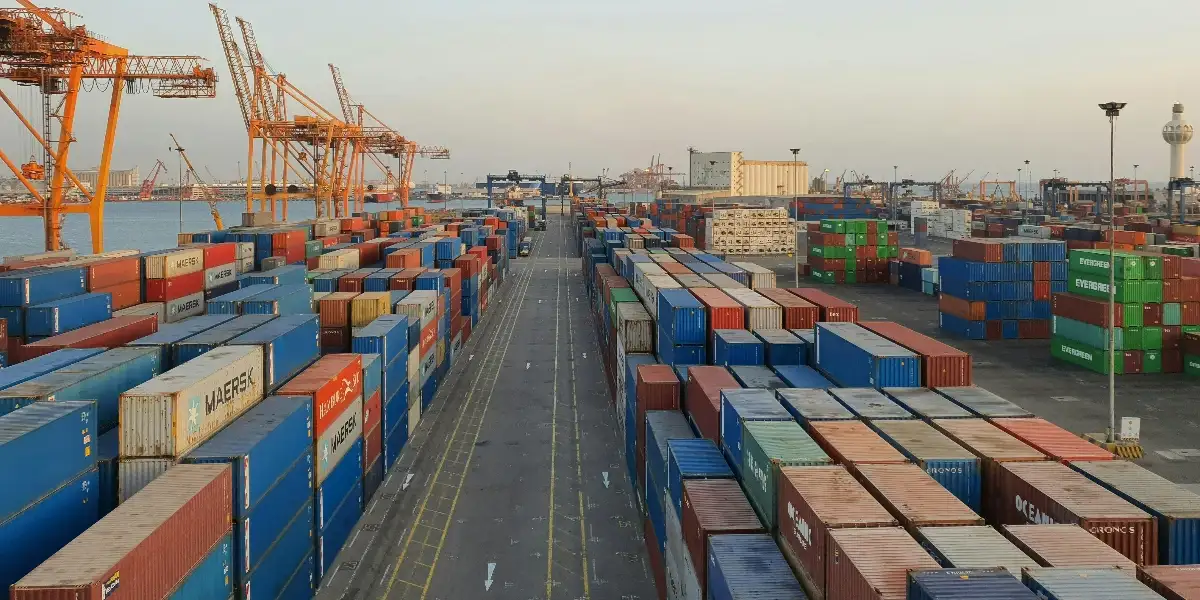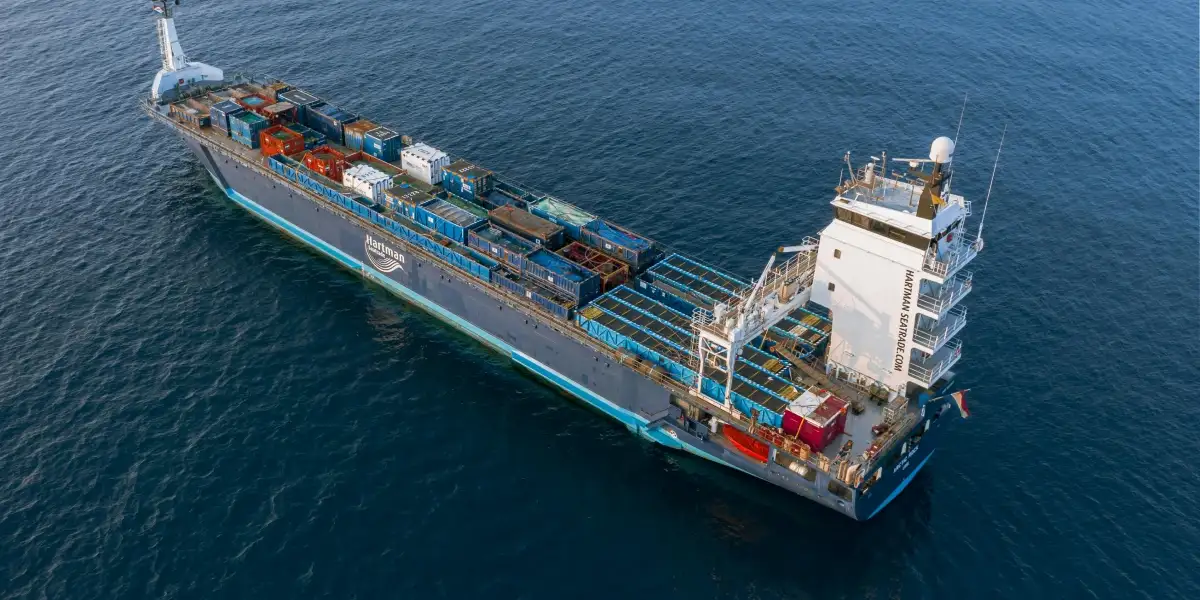Blank Sailing
Blank Sailing occurs when a scheduled voyage is cancelled by a shipping line, often due to low demand or operational reasons, leading to adjustments in the shipping schedule.
Blank Sailing refers to the cancellation of a scheduled sailing or voyage of a container ship. In this scenario, the vessel, which was initially planned to transport cargo on a specific route and schedule, does not embark on the intended journey. Shipping lines often make this decision due to various operational reasons or market conditions.
Causes of Blank Sailing
Several factors can lead to blank sailings, including:
- Seasonal Demand Fluctuations: Blank sailings are common during periods of lower demand, such as off-peak seasons.
- Market Conditions: Economic factors, changes in trade patterns, or disruptions like geopolitical events can influence the decision to cancel sailings.
- Overcapacity: If there is an excess of shipping capacity compared to demand, shipping lines may implement blank sailings to balance supply and demand.
- Vessel Maintenance: Scheduled maintenance or repairs to vessels may require them to be taken out of service temporarily.
- Port Congestion: Delays at ports or congestion can lead to adjustments in sailing schedules, including blank sailings.
- Bad Weather: Adverse weather conditions, such as storms, hurricanes, or typhoons, can pose risks to vessel safety, prompting shipping lines to cancel sailings for the safety of the crew and cargo.
Impact on Shippers
Blank sailings can have significant repercussions for shippers:
Disrupted Supply Chains: Shippers may face disruptions in their supply chains as the cancelled sailing can affect the timely arrival of goods.
Increased Costs: Shippers might incur additional costs due to rescheduling shipments or finding alternative transportation options.
Inventory Challenges: With shipment delays, shippers may need to manage their inventory more carefully to avoid shortages or excess stock.
Contractual Obligations: Shippers may need to navigate contractual obligations, such as meeting delivery deadlines, which blank sailings can impact.
Risk of Cargo Roll: Cargo that was initially planned for a cancelled sailing might be rolled over to subsequent voyages, introducing risks related to cargo handling and storage.
Mitigating the Impact of Blank Sailing
To address the challenges posed by blank sailings, proactive measures can be taken by the shippers, such as:
- Receive regular reports from carriers to stay informed about industry trends and swiftly respond to changes.
- Evaluate various shipping routes and consider transhipment options to navigate congested ports or regions prone to frequent blank sailings.
- Implement robust supply chain management systems and leverage technology to enhance efficiency. Real-time tracking and visibility tools contribute to transparency and informed decision-making when responding to blank sailing incidents.
- Utilize predictive analytics to forecast potential blank sailing scenarios. This proactive approach enables the development of mitigation strategies, allowing for better preparedness and response to possible disruptions in the shipping schedule.







